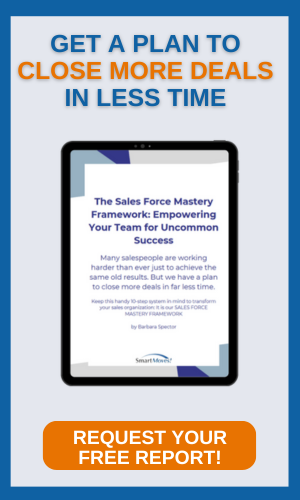In Part I, we talked a bit about how to prepare for a rock-solid employee performance review; in summary, the key is to establish firm expectations early and then observe progress carefully over the appraisal period. This puts both the worker and the manager in a position to enter the actual employee performance assessment with an understanding of what is about to happen and why. Here's what should happen during the ideal appraisal itself:
Manager's Assessment
As the time of the appraisal meeting approaches, the manager should set time aside to reflect on the worker's performance, assemble the requisite paperwork, and fill it out with specific reference to the goals that were explicitly laid out for the worker at the beginning of the appraisal cycle. At this point, the manager should also consider the specific bonuses, pay scale changes, or other special changes in compensation that the worker has earned for his performance -- positive or negative.
Ideally, the manager's boss will review the completed paperwork before the appraisal meeting happens. The boss should be made aware of the specific goals that were set, but the manager should avoid stating everything in numerical terms -- it's equally important if not more so that the boss get a feeling of the manager's opinion in qualitative terms as well. That gives the boss not only a feeling for the employee, but for the manager's performance management abilities as well.
The Meeting
The manager and the worker meet at the end of the appraisal period. The previously-reviewed paperwork is gone over again between the manager and the worker, along with an employee self-review that the worker filled out on their own. An honest discussion follows about the worker's performance: strengths, weaknesses, successes and failures, and any compensation changes that follow as a result of the above.
At the end of the appraisal, assuming that the worker stays with the company, the process immediately starts over at Step 1, with the worker and the manager going over the next set of goals going forward. The worker leaves the meeting understanding not only the impact of his previous work, but how he needs to modify his behavior in the future.





